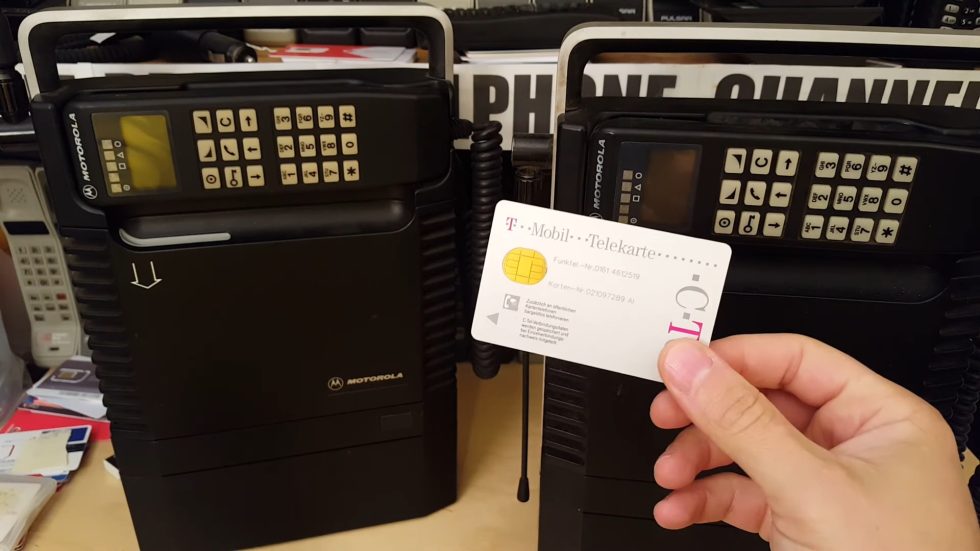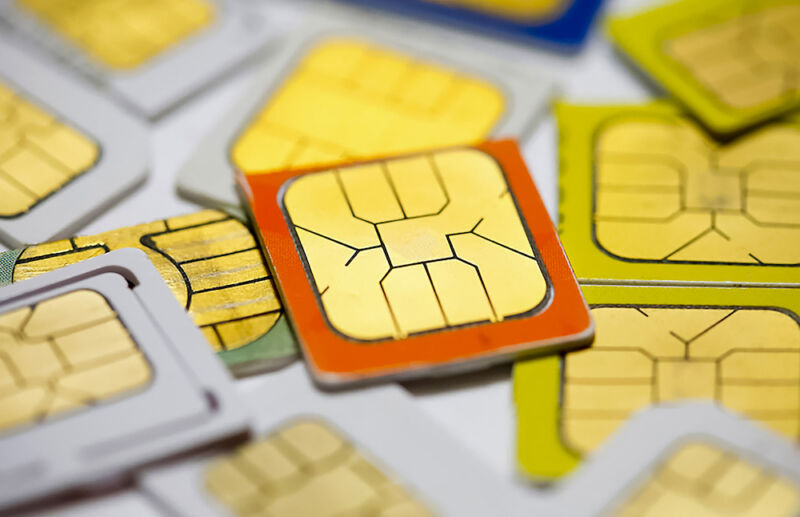Every month, you pay a bill for cell phone service. Somehow, that access needs to make it to your device. The SIM card, or "subscriber identity module," connects your phone with your phone bill.
While you might expect authentication to happen over a network with a simple username and password, cell phones predate the Internet, so SIM cards can seem a little old-fashioned. Still, the industry is trying to modernize itself while maintaining backward compatibility with older devices, and that has led to the rise of many different SIM card formats. The newest is iSIM, the latest advancement in a never-ending quest to save space in your smartphone.
Ye olde physical SIM card

Physical SIM cards have been around forever. They're the hunks of plastic you get from your phone carrier and slide into your cell phone. A small gold chip printed on the card—much like those on credit cards—makes electrical contact with the slot in your phone. Even these physical cards have their own standards and have shrunk over time; there's Mini SIM, Micro SIM, and Nano SIM, which all use the same chip with differing amounts of plastic around it.
Going back even further, there was a credit card-sized "Standard SIM" without any of the diminutive prefixes. If you want to understand why SIM cards work the way they do, it's worth looking at how these smart cards previously operated. Many of the earliest cell phones in the 1980s were fixed car phones or 12-pound luggable devices with shoulder straps and lead acid batteries. (The first cell phone, the Motorola DynaTac, was a lot smaller, but it had a half-hour battery life. Practical phones needed to be much bigger.)

Since phones were less portable at that time, you could take your "smart card" with you instead (they didn't use the "SIM" standard yet). The card contained your billing information and address book so you could just slot it into any phone and make a call. It used a credit card form factor because you used it a lot like a credit card—you might be expected to insert it into multiple phones each day to pay for phone service. (If you've ever noticed how a SIM card chip and a chipped credit card look the same, they are based on the same standard, ISO/IEC 7816.) The card slots in early phones were also very easy to access, making frequent card swaps as easy as using a credit card terminal. You could rent a car, stick your credit-card-sized SIM into the car phone, and off you went.



3175x175(CURRENT).thumb.jpg.b05acc060982b36f5891ba728e6d953c.jpg)
Recommended Comments
There are no comments to display.
Join the conversation
You can post now and register later. If you have an account, sign in now to post with your account.
Note: Your post will require moderator approval before it will be visible.